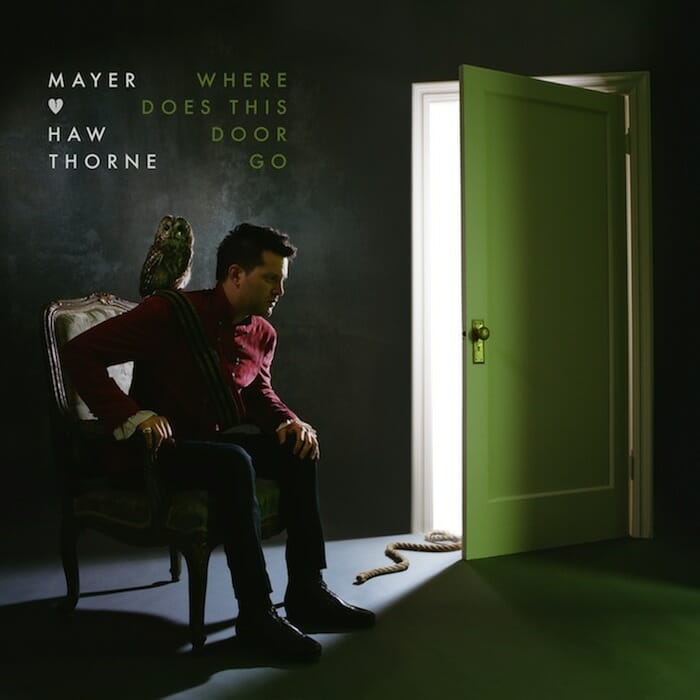Mayer Hawthorne: Where Does This Door Go

With his latest album, Where Does This Door Go, Mayer Hawthorne has officially moved beyond just being a sort of throwback soul singer and become a genre-melding pop artist who seems to be coming into his own as a songwriter and arranger just in time to achieve major mainstream success.
Where Does This Door Go has a lot going on, and it’s clear to see how Hawthorne has built upon the style he was just beginning to cultivate on his last album, 2011’s How Do You Do, where he infused his retro-soul sound with elements of pop, R&B and even a smattering of hip hop, creating a style that seemed more uniquely his own than his earlier work, although still owing a lot to the soul pioneers before him.
However, on this newest release, Hawthorne has thrown more of his modern influences into the pot and blended it all together more thoroughly, crafting a record that is ultimately more dynamic and interesting than anything he’s done before. Where Does This Door Go is driven primarily by dizzyingly intricate bass lines and a solid rhythmic foundation, with elements of pianos and keyboards and brass (among many other instruments) scattered throughout the album. It also shows off Hawthorne’s increasingly impressive vocal abilities, extending his range from the confident and powerful low-register style of “Back Seat Lover” to the R&B falsetto crooning of “Crime.”
-

-

-

-

-

-

-

-

-

-

-

-

-

-

-

-

-

-

-

-

-

-

-

-

-

-

-

-

-

-

-

-

-

-

-

-

-

-

-

-








































